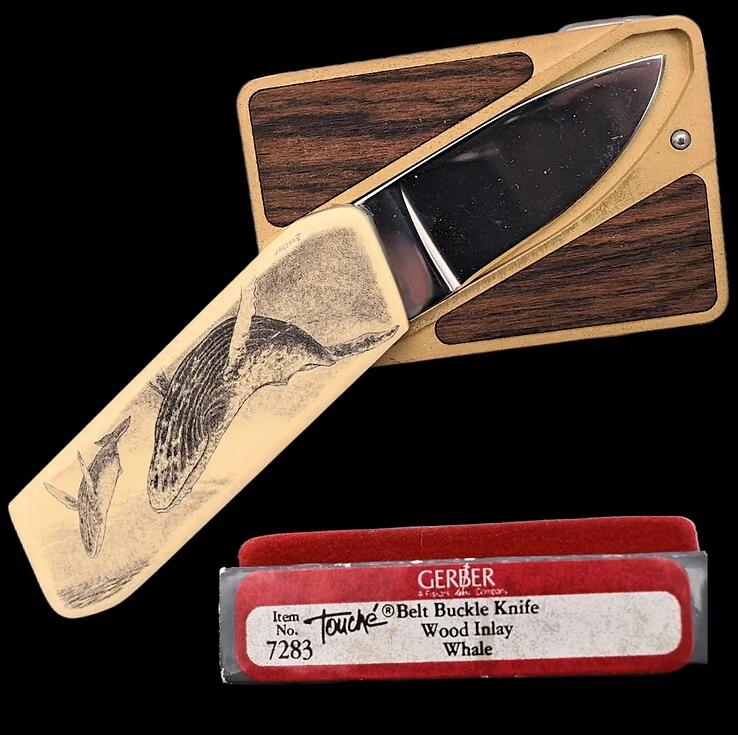
As someone with a keen interest in avoiding allergic reactions from nickel in accessories, I’ve learned quite a bit about identifying nickel-free belts. Nickel allergies are increasingly common, leading to uncomfortable skin irritations for many. If you’re among those sensitive to nickel or simply wish to avoid it, here are some comprehensive strategies to ensure you’re selecting a nickel-free belt.
First, understanding why nickel-free is important is essential. Nickel allergies can cause contact dermatitis, which includes symptoms like itching, redness, and blisters where the nickel-containing item touches the skin. As belts are in frequent contact with skin, ensuring they are nickel-free is crucial for those with sensitivities.
The journey to identify a nickel-free belt begins with scrutinizing product labels and descriptions. Manufacturers aware of the allergy problem often explicitly label their belts as “nickel-free.” This term indicates that all components of the belt, especially the buckle, contain no nickel. However, it’s important to approach labels with a bit of skepticism; the absence of a nickel-free label doesn’t always mean the presence of nickel. Some products may not use nickel but fail to advertise this fact. Therefore, reading the product description carefully, whether shopping online or in a store, is vital. Look for belts made from materials that naturally contain no nickel, such as leather with a brass or plastic buckle, or those explicitly stating the use of stainless steel grades known to be nickel-free, like 304 or 316L.
Another effective method is the nickel test kit, available for purchase online or at some pharmacies. These kits usually contain a solution that, when applied to a metal surface, will change color if nickel is present. They are a handy tool for testing not only belts but also jewelry, watches, and other accessories that may come into direct contact with your skin.
Moreover, exploring brands that specialize in hypoallergenic products can be a game-changer. Some brands focus on producing accessories specifically designed for people with allergies, including nickel-free belts. These brands often use alternative materials like titanium, which is naturally nickel-free, strong, and lightweight, making it an excellent choice for belt buckles.
When unsure, opting for a belt with a non-metal buckle can be a foolproof way to avoid nickel. Belts with buckles made of plastic, wood, or other non-metal materials offer a trendy and safe alternative to their metal counterparts. Additionally, these belts can provide a unique touch to your wardrobe, standing out from traditional metal-buckled belts.
Finally, engaging with the community through forums, social media groups, or blogs dedicated to nickel allergies can provide insights and recommendations for finding nickel-free belts. Often, the best advice comes from those who share the same concerns and have discovered products or brands that cater to nickel-sensitive individuals.
In conclusion, finding a nickel-free belt requires diligence, from scrutinizing labels and product descriptions to potentially using test kits or seeking out specialized brands. By prioritizing materials known to be safe, like certain types of stainless steel, titanium, or alternative non-metal materials, you can significantly reduce the risk of an allergic reaction. Remember, the effort to find a nickel-free belt is not just about fashion—it’s about health, comfort, and peace of mind.


